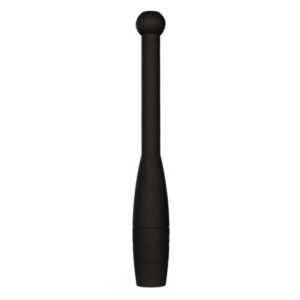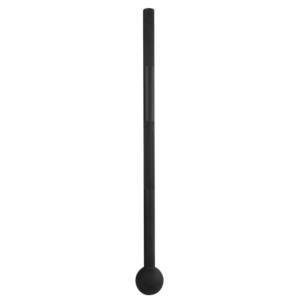In the pursuit of a healthy and active lifestyle, it’s crucial to pay attention to the well-being of our shoulders.
Whether you’re recovering from a shoulder injury or simply aiming to boost mobility and strength in your shoulder region, the reverse Indian Club swing is a fantastic exercise to add to your fitness routine.
In this blog post, we’ll break down the key elements of this exercise, as demonstrated by Coach Zack and Coach Brian in their informative video.
The reverse Indian Club swing is a dynamic movement that targets the rotator cuffs and the muscles responsible for stabilizing your shoulders. It’s a simple yet effective exercise that can make a significant difference in your shoulder health.
Here’s a step-by-step breakdown of the reverse Indian Club swing:
1. Starting Position: Begin with your heels together. This stance engages your core muscles and promotes stability.
2. Single-Handed Approach: The exercise is performed one hand at a time. Place the unused hand on your hip to maintain balance and stability.
3. Core Engagement: As you swing the Indian club, focus on initiating the movement from your core. This will help you maintain proper form throughout the exercise.
4. Wrist Control: Keep your wrist relaxed as you extend the Indian club outward. Simultaneously, maintain tension in your wrist to find the right balance.
5. Rotation and Swing: Rotate your shoulder inward while swinging the club down through.
Then, rotate it outward as you swing it up and through. This rotation is key to the exercise’s effectiveness.
The reverse Indian Club swing offers several advantages for your shoulder health:
1. Improved Mobility: This exercise helps enhance the mobility of your shoulder joint, allowing for a fuller range of motion.
2. Strengthening: It targets the rotator cuffs and surrounding muscles, promoting inner strength and stability in your shoulders.
3. Unique Burn: Unlike traditional shoulder exercises, the reverse Indian Club swing provides a different kind of burn—an internal burn that leaves your shoulders feeling loose and fluid.
4. Injury Prevention: Regularly incorporating this exercise into your routine can help prevent shoulder injuries by strengthening the supporting muscles.
5. Warm-Up and Maintenance: It’s an excellent warm-up before your shoulder or chest workouts and can be used to maintain shoulder health.
Incorporating the reverse Indian Club swing into your fitness routine is a smart choice for maintaining healthy shoulders and preventing injuries. Start with slow, controlled movements and gradually increase speed as you become more comfortable with the exercise. Remember to use an appropriate weight for your Indian club, typically starting with one or two pounds.
By prioritizing your shoulder health, you’ll be better equipped to tackle a wide range of activities and exercises, all while reducing the risk of injury.
Give it a try, and you’ll soon experience the benefits of this simple yet effective shoulder-enhancing exercise.
Coach Zack and Coach Brian have shared their expertise, so why not give it a go and enjoy the benefits of a healthier, more mobile shoulder joint?


